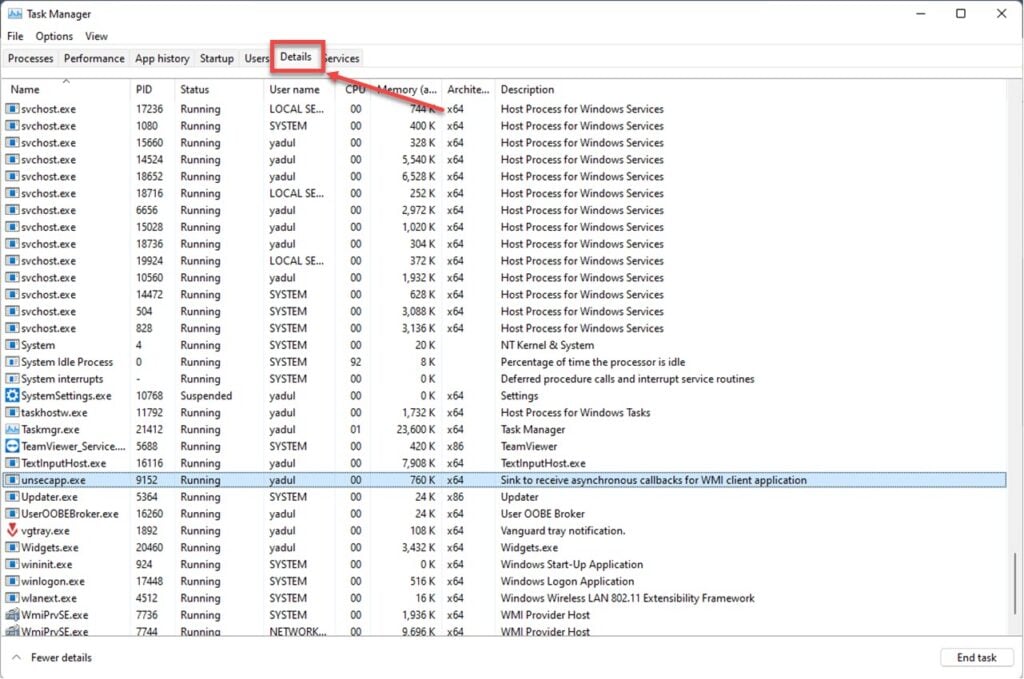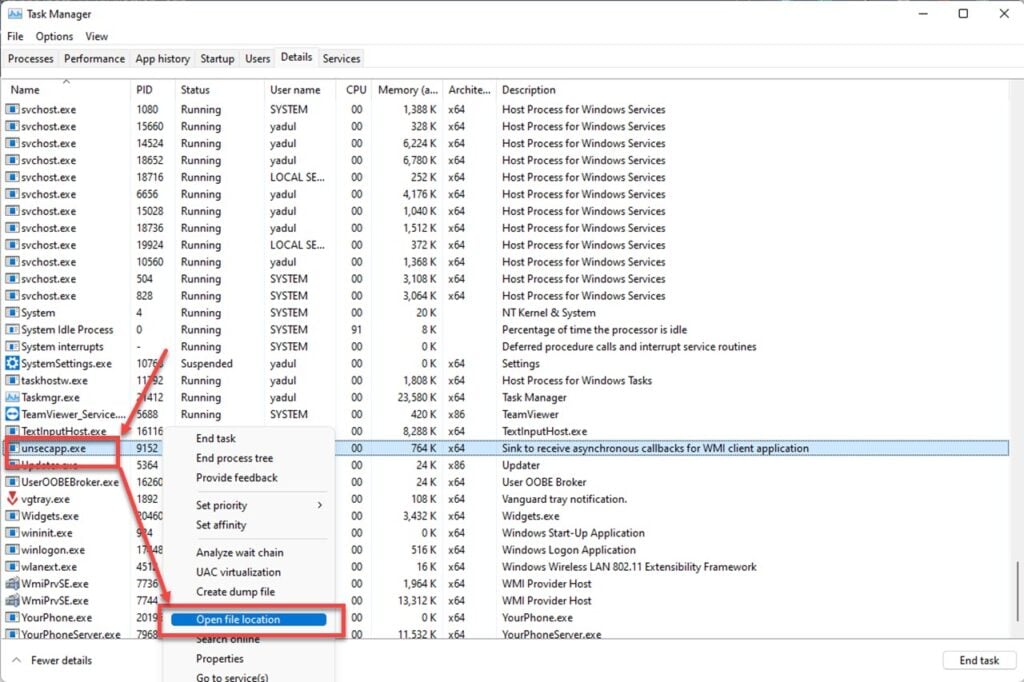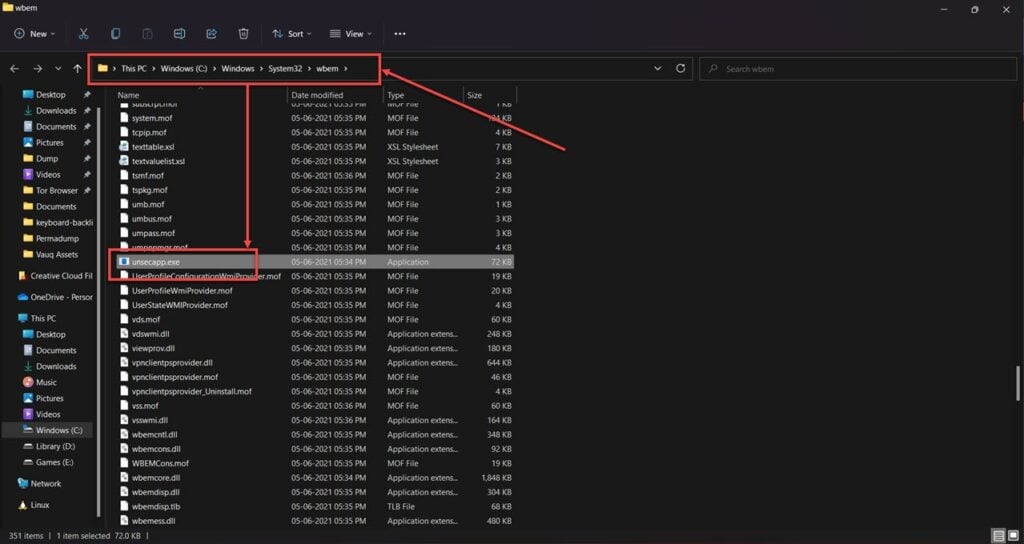Windows is a collection of hundreds if not thousands of smaller background processes that make the OS function as intended. However, due to weird names, at times it can be perplexing to see a strange process show up in the Task Manager.
In this article, we’re taking a look at slui.exe, explaining its functioning and figuring out whether it’s safe or not.
Also read: Sink to receive asynchronous callbacks for WMI client app: Explained
What is slui.exe?
SLUI stands for Windows Software Licensing User Interface and is a Windows background process that keeps track of the operating system’s activation process. Every time you’re trying to activate Windows or change the product key, this process is responsible for carrying out that process smoothly.
Windows might automatically run the process sometimes just to check if your license is active, genuine and ready to use. The process is rather important to Microsoft as every computer running an unactivated version of Windows is basically lost revenue for the company.
Also read: What is Killer Network Service? Should you disable it?
Is it safe?
As a genuine Windows process that checks the activation license, slui.exe is perfectly safe to be left running on your computer. We do not recommend any sort of interference with the program as removing it can result in BSOD errors causing you to reinstall the entire OS.
Removing the process can also cause your Windows license to get revoked and as a result, your OS becomes inactivated. If you’re using some third-party cracking or modding tool to activate Windows, they can end up corrupting or replacing the genuine slui.exe with malware under the same name to infect your PC.
Here’s how you can check if your slui.exe process is genuine.
Step 1: Open the Task Manager, head over to Details.

Step 2: Find the process, right-click it and select Open file location.

Step 3: If the file is in the C:\Windows\System32 directory, you’re good to go. Otherwise, it’s malware and you should permanently delete the file from your PC.

It’s also a good idea to run a full anti-virus scan on your PC after detecting a malicious file.
Also read: Invalid value for Registry error: 7 Fixes






